We’ve just been given a peek at the new Proton X70, and one of the officials on hand to give a presentation on the car was none other than head of design Azlan Othman, who explained the Malaysian design cues on the national carmaker’s first ever SUV.
Much of the exterior and interior styling has been lifted from the Geely Boyue on which it’s based – after all, the company was mainly focused on the conversion from left- to right-hand drive. But the design team did find the time to incorporate a couple of unique touches for our market.
The most prominent is the grille, which replaces Geely’s concentric “expanding cosmos” item. The chrome surround has been changed and now features a notable dip in the centre, and Azlan said that the shape was inspired by a bow. This means that the bonnet lines flow through the grille and wrap around the shield-shaped Proton grille, he added.
Meanwhile, the grille insert now features what Azlan calls an “infinite weave,” an interlocking pattern that is claimed to be inspired by designs found in Malaysian craftsmanship, said to be evident in products such as batik and Malaysian wood carvings. The pattern can also be found on the speaker grilles, replacing Geely’s cloud-like looping pattern.
Apart from the obligatory Proton badge at the front and the Proton script on the headlights, tail lights and rear number plate garnish, the rest of the design is as per the Boyue, which Azlan believes is no bad thing. He said that the existing design cues such as the muscular body surfacing and the intricate headlight design are reminiscent of the body and eyes of a tiger, which Proton has adopted as part of its identity.
Looking at the car itself, we noticed another change, this time probably made for practicality’s sake. The Boyue is fitted with only one rear air-conditioning vent in the centre, but the X70 gets two separate vents that can be tilted individually. This has likely been done to bring the car in line with local tastes, as most buyers would have been accustomed with twin vents instead of just one.
It’s also clear that this is a more involved “rebadging” job compared to the Ertiga, not least because of the sheer work done to convert the car to right-hand drive that goes beyond the bare minimum required. Aside from flipping the dashboard, seats and door panels, the centre console has also been rebuilt for RHD, with the electronic parking brake button shifted to the right – this is not always the case with some conversions.
That’s on top of the usual challenges in converting a car designed for left-hand drive markets to right-hand drive. Often, the engine and gearbox of a left-hand drive car is in the way of where the steering column would be on a right-hand drive one, so things would need to be moved around to fit. There’s a lot of effort involved, and the last thing you’d want is a bad conversion.
Forget the aftermarket kits used on American cars, such as the CKD Ford F-150 sold by Hamawangsa Kredit, or French cars with the bonnet release and fuse box (resulting in a tiny glovebox) on the wrong side – even a company with the industrial might of Mercedes-Benz can be guilty of subpar right-hand drive conversions, with off-centre steering wheels and cramped footwells. There’s none of that in the X70.
So what’s next for Proton? Azlan said that the company is forging on with a new design philosophy with a focus on being progressive, harmonious and spirited – words that were inspired by Malaysia. He added that Proton Design is now part of a global design family within Geely, which has studios in Gothenburg, Hangzhou Bay, UK, Barcelona and California, and it was previously reported that the Malaysian studio will participate in Geely’s global projects.
GALLERY: Proton X70 colours
AD: Drive the Proton model of your dreams. Submit your details and Proton PJ will get in touch with you.
Looking to sell your car? Sell it with Carro.

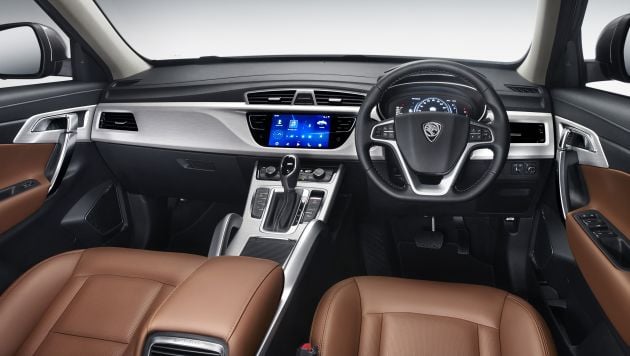




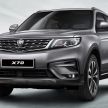
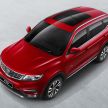
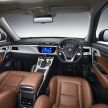
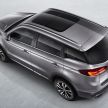
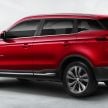
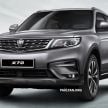
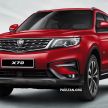
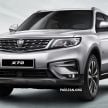
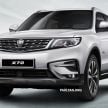
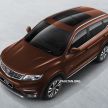
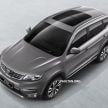
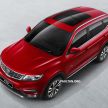
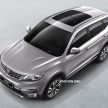
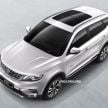
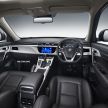
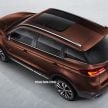
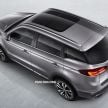
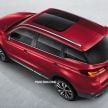
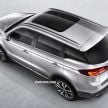
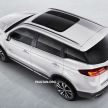
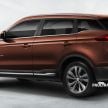

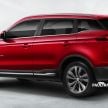
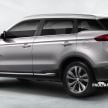
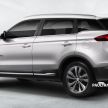



















AI-generated Summary ✨
Comments express skepticism about Proton's claim of Malaysian influence in the X70's design, suggesting the model is largely a rebadged Chinese design with minimal local input. Many highlight that the car is made in China and question the originality of the design, with some comparing it to Subaru models and criticizing the minimal modifications. There is frustration over perceived poor local design and engineering efforts, with calls for new leadership and better innovation. Several commenters mention that the differences are minor, mainly grille and bumper tweaks, and doubt the car's market success due to its Chinese origins and high price. Overall, sentiments lean towards disappointment and skepticism about Proton's design authenticity and strategic direction.